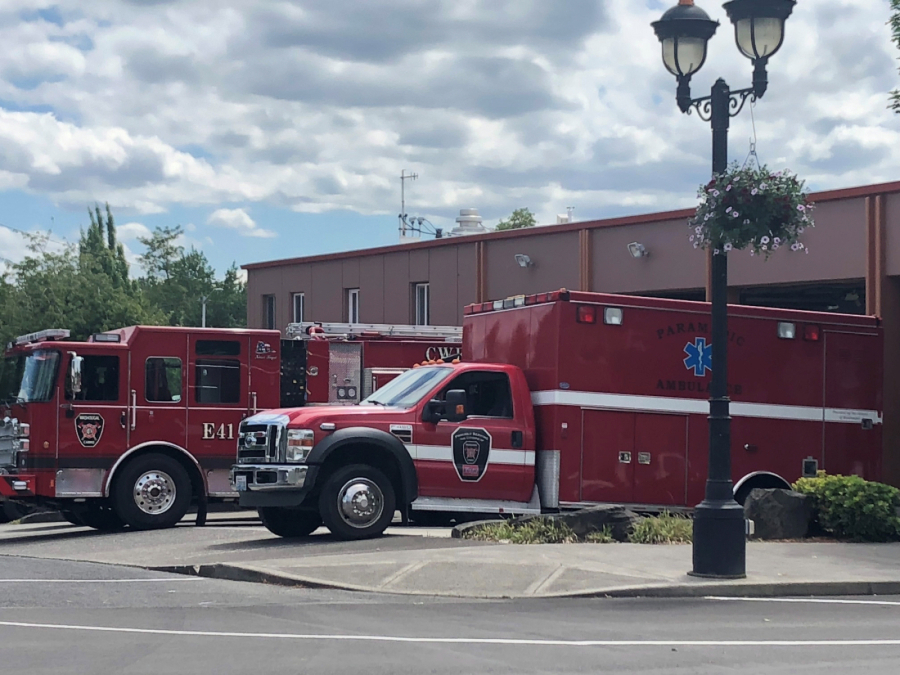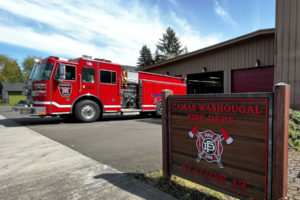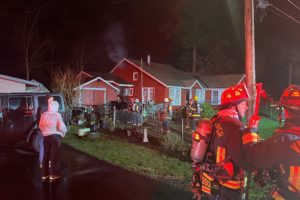Voters will soon determine the future of Washougal’s emergency medical services.
The city of Washougal has placed Proposition 11, a replacement emergency medical services (EMS) levy, on the ballot for general election on Tuesday, Nov. 7. The proposition is “aimed at guaranteeing the ongoing provision of healthcare services in emergency scenarios for our residents,” according to the City.
“If you want ambulance service, all we’re saying is that it’s not going to cost you more (money),” Washougal Mayor David Stuebe told The Post-Record. “If you call 911 and need an ambulance to come to your house, you need this (levy to be passed). It’s not like we’re going out for a bond or asking for more money. This is just a renewal of our contract, at least as far as I understand it. This is a no-brainer.”
If voters approve the proposition, the Washougal City Council will assess a levy for collection in 2024 that will result in an EMS levy rate of no more $.50 per $1,000 of assessed property value. For 2024 to 2029, the EMS levy could increase by a maximum of 1% per year but is projected to decrease slightly due to increases in assessed value in the City, according to the City’s data.
If the levy fails, the City will need to shift funds from other services, including police, parks, streets and other public services, to maintain current EMS service levels.
“The EMS levy is instrumental in maintaining Washougal’s emergency medical services,” the City stated in a news release. “The levy is a dedicated source of funding used for the provision of emergency medical services in Washougal. Emergency medical services are a fundamental component of a community’s infrastructure. Washougal voters have repeatedly approved an EMS levy over the decades.”




